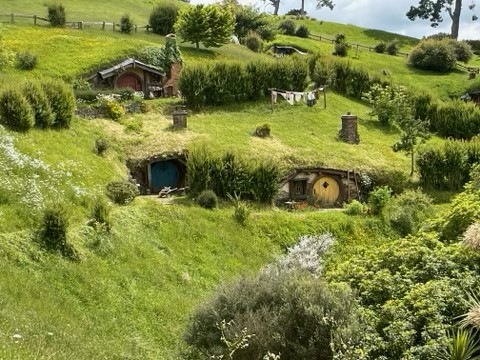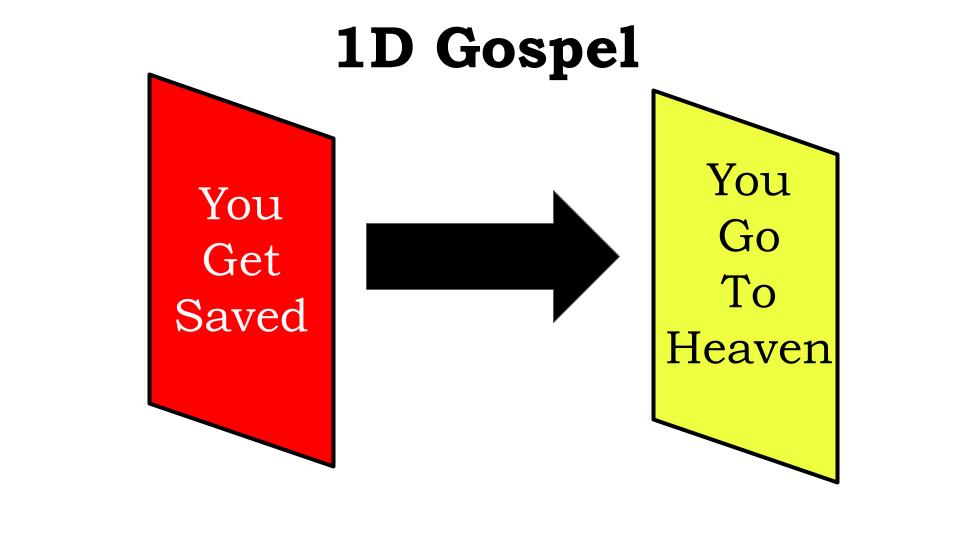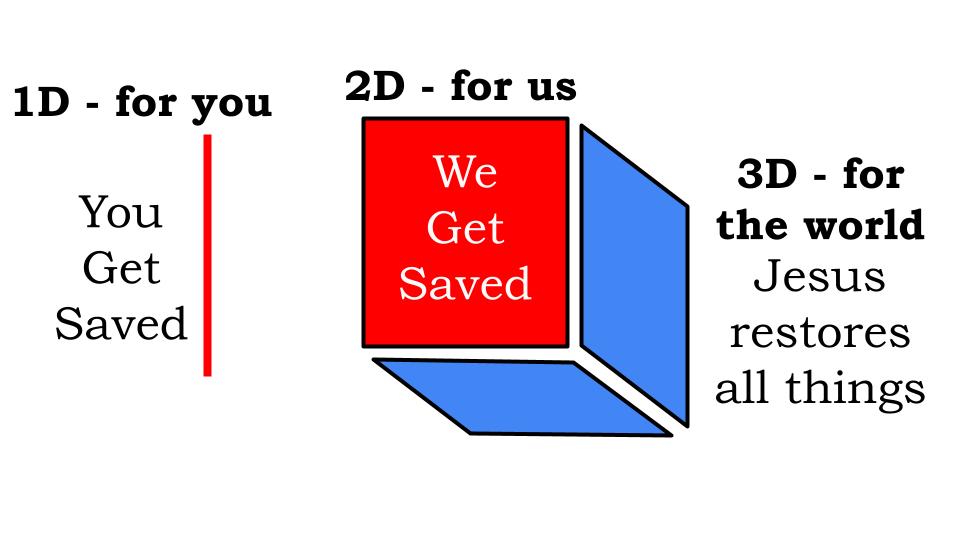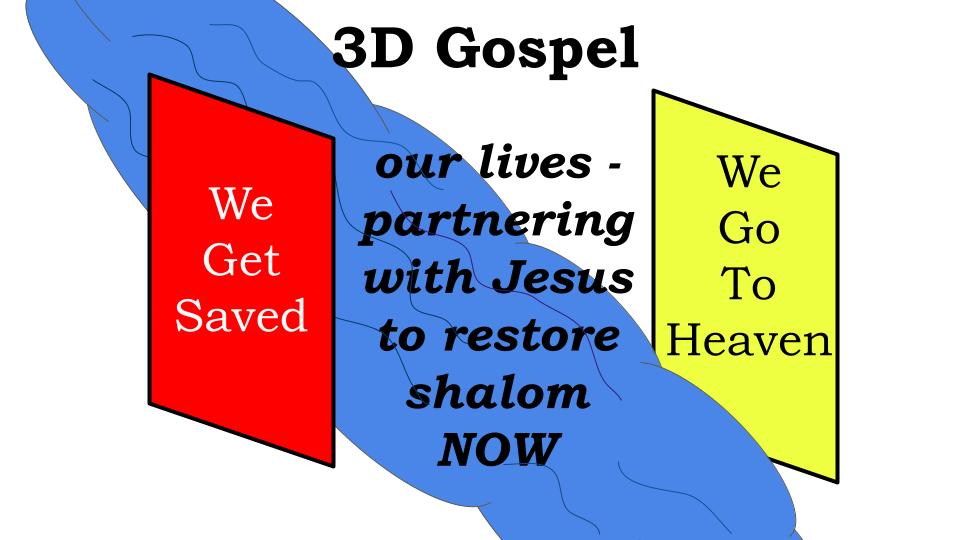
J.R.R. Tolkien insisted that he didn’t create the story of the Lord of the Rings, but that “it was given to him.” The story and characters led him along in the writing in the same way the guiding hand of destiny guided the fellowship on their quest.
Consider the key elements in this rightly famous story [SPOILER ALERT – you should read the books or at least watch the movies before reading what follows!]
- COMMENCEMENT: Bilbo, a comfortable middle-aged hobbit, stumbles on a ring that makes him invisible, but Gandalf the Wizard suspects there is more to that ring than meets the eye.
- CONFLICT: Riders in dark cloaks come searching for a hobbit in the Shire (pictured above from the set in New Zealand) because they want that ring. Frodo, Bilbo’s nephew, escapes from the pursuit of these terrifying riders with a few hobbit friends and meets up with Gandalf, who is now sure the ring is the one ring of power created by the evil wizard Sauron.
- CHARACTERS: A team of nine is assembled, representing elves, dwarves and men – and including four hobbits.
- QUEST: The fellowship is sent on the seemingly impossible mission to return the ring to the cracks of doom where it was forged in the heart of Mordor, the realm of Sauron.
- COMPLICATIONS: Numerous obstacles stand in the way of the mission – another power-hungry wizard named Saruman, many evil beings in the dark places of Middle Earth like orcs and a powerful demon called a Balrog.
- CLIMAX: While the “big people” fight grand battles involving wizards, dragon-riding spirit kings, calvary charges and dramatic sacrifices, the “little people” – Frodo and his servant Sam – are left to make the final desperate journey to Mount Doom on their own.
- CONCLUSION: In the end, the ring is destroyed, the great enemies defeated, the true king restored to his throne and peace established throughout Middle Earth.
The narrative created an IMPERATIVE. The plot of the story required the characters to continue moving toward Mordor even though everything in their experience and all common sense told them to go anywhere else. If Frodo had suddenly run off to a sunny beach to smoke his pipe in peace he would have abandoned his role in the story. When Aragorn said, “you have my sword,” Legolas said, “you have my bow,” and Gimli offered his axe, they were pledging themselves to the mission, knowing it would almost certainly cost them their lives.
Every one of the nine members of the fellowship had to face their personal demons and overcome tremendous obstacles to remain faithful to the quest. But because they, and many other allies, were willing to give up their personal ambitions for the sake of the greater kingdom, victory was achieved and peace was secured.
Now apply this to the Bible, the One Story of God.
- COMMENCEMENT: God created everything and it was very good, including a man and a woman who were blessed to rule over God’s creation with Him.
- CONFLICT: The man and woman rebelled against God’s one rule, introducing sin into the world – which brought with it the curse of death and a corruption that infested everything.
- CHARACTERS: God continued to work in the world, calling individuals like Abram and Moses to follow His leading and speak His Word to others.
- QUEST: Through the prophets, as documented in the Old Testament, God made it clear that He had a plan to restore the world through a Messiah, a Savior-King from the royal line of David.
- COMPLICATIONS: Sin and rebellion continually prevented the nation of Israel from fulfilling God’s purpose for them, so usually the problems got worse instead of better.
- CLIMAX: Finally the Hero arrived in the most unexpected way (born to a virgin in a humble stable) and saved the world by allowing Himself to be killed on a Roman cross, rising from the dead on the third day.
- CONCLUSION: The church was formed as the body of Christ, to spread the word of His victory and to bring the peace, love and joy of His kingdom to every nation and people group on earth until King Jesus comes back and finishes His great restoration project.
Do you see the narrative movement of God’s great story? Do you feel the IMPERATIVE of that narrative – how it draws us into its flow? Life is not a “choose your own adventure” story in which each of us is a unique hero. There is One Hero and the rest of us are minor supporting actors simply playing the humble roles assigned to us in our short scenes.
Imagine Philip at the crucifixion suddenly calling attention to himself by performing a tap dancing number.
Or Peter at the empty tomb setting up a stall to sell fish.
Or Mary the mother of Jesus selling replicas of Jesus’ childhood furniture.
Anyone who knew the storyline of Jesus would immediately say that these characters had “lost the plot.” They had become performers in a different story altogether – it wasn’t the story of Jesus anymore. Of course those three devoted the remainder of their earthly lives to proclaiming the good news of Jesus’ death and resurrection. They felt the call of the story and remained faithful to it.
The question is – do we?
Do you know the story of God well enough to feel the draw of its current? Many of us fall into the trap of a shallow, one dimensional understanding of the gospel.

It is wonderfully true that Jesus died for you so you could go to heaven when you die. But what does that gospel leave out? Oh, nothing major – just your entire life! Here is a 3D gospel:

One dimension is like a line you cross to “get saved.” The second dimension expands to include other believers in the church, recognizing the story is not just about you but extends through history to include the Church. But the third dimension sees God’s purpose for the entire world – to “reconcile to himself all things in Christ” (Col. 1:19-20). The curse of sin affected the entire creation, and so does the redemption of the Lord Jesus. He started the process of restoring shalom, invites us to join Him in that work, and one day soon will be back to finish the project.
So where do you fit in?

We see the story and work of God as a river of restoring grace. He started the healing process as soon as He found Adam and Eve with their fig leaves. Jesus will finish the restoration when He comes back to fully and finally unite heaven and earth in Himself. For now, we have the joyful privilege and calling to partner with Jesus as the salt of the earth and the light of the world.
Where can you bring some shalom this week?
